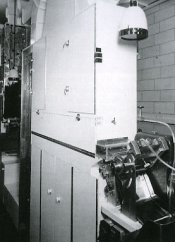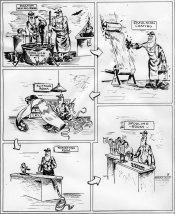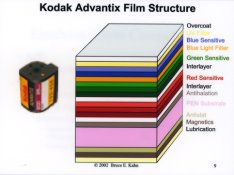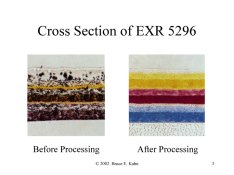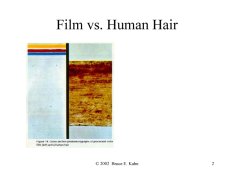Photo Engineer
Subscriber
Unfortunately, once the former middle class becomes an underclass, they become desperate, an easy herd to spook, panic, and stampede exactly the opposite direction from the pasture they need.
Congress is in deliberate gridlock, convicted stock market crooks pay fines less than a sales tax on
their illegal earnings, etc ... So what do I plan to do? Put more real film in my freezer and get back
out on the trail ASAP where at least the world of coyotes, squirrels, marmots, and pikas is still sane!
Drew, we are having a spate of rabies here so even the wildlife cannot be trusted!
PE







